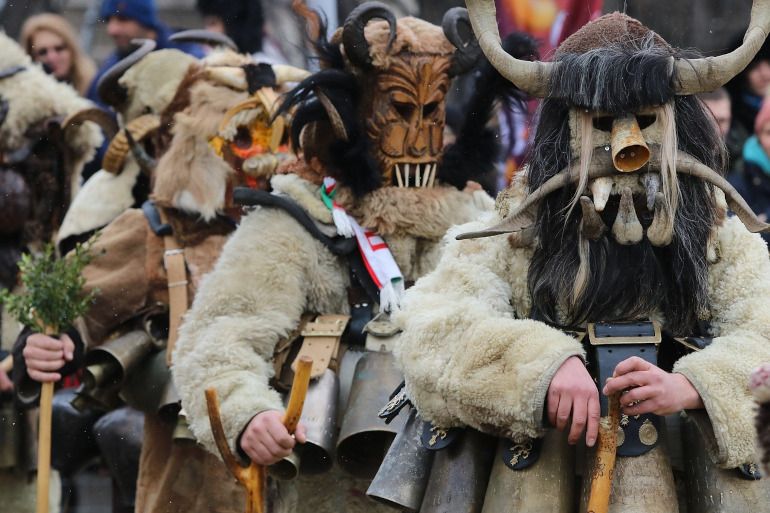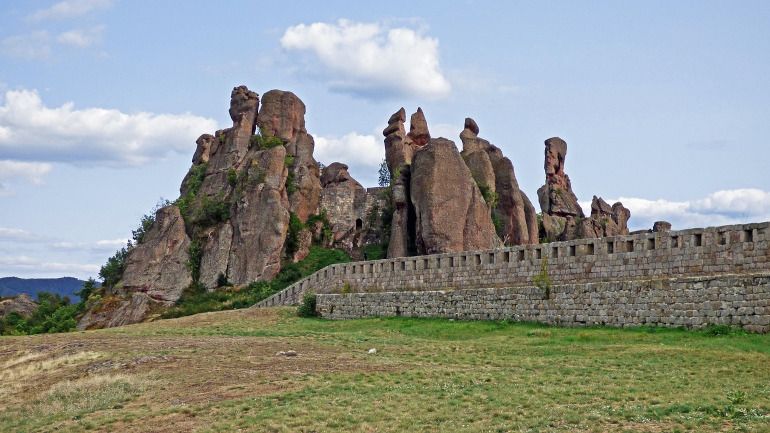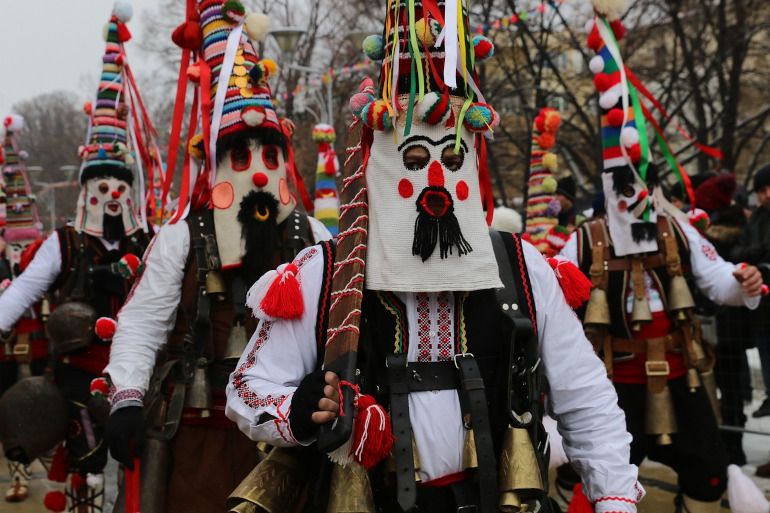The unexpected and obscure sites of Bulgaria – Part III
Written by Adriána Čigášová, edited by Scott Green, photos by Unsplash and Pixabay
Have you heard of Atlas Obscura? The website filled with weird and mysterious places around the world! Well, we are back with some more obscure places in Bulgaria. We’ve previously shared some of the enigmatic places in central Bulgaria, as well as northeast Bulgaria.
In this article, we are sharing a collection of obscure sites within 2-3 hours around Sofia, a way to discover a small sample of Bulgarian nature, culture, and traditions.
Belogradchik
On the western side of the country, near the border with Serbia is situated the town of Belogradchik. It is mostly known because of a natural phenomenon situated west of the town – Belogradchik Rocks. Made up of red sandstone and other sedimentary rock which was created by natural forces over more than 200 million years. They are formed into a variety of shapes and sizes, including pillars, arches, and towers, and due to their unusual bizarre forms, they have different names.
The most famous ones are for instance The Horse Rider, The Maiden, Adam and Eve, Madonna, The Mushrooms, The Lion and there are of course many more. As the cliffs provided a natural defense you can also find the ruins of the Belogradchik Fortress used in the past by Bulgarians and Ottomans.
The Eyes of God
Prohodna Cave is one of the most famous and easily accessible caves in Bulgaria. It is not by chance that people refer to it as The Eyes of God, as two similar almond-shaped holes next to each other situated on the ceiling of the cave bear striking resemblance to eyes watching the visitors from above. The name Prohodna comes from two entrances on opposite ends enabling you to pass through it. If you are interested to see this stunning natural rock bridge, the cave can be found only two kilometers from Karlukovo and is open for visitors daily without any entrance fee.
The cave is also home to a variety of wildlife, including bats, snakes, and birds. In addition to its natural beauty, Prohodna Cave also has a rich cultural history and has been used for religious ceremonies. The Eyes of God is a must-see destination for anyone visiting Bulgaria and is sure to leave a lasting impression not just on hikers and nature enthusiasts.
Surva Carnival – Pernik
The Surva Carnival in Pernik is an annual event that takes place in January and is known for its colorful and festive atmosphere. The carnival features a parade of participants dressed in traditional Bulgarian folk costumes and masked and costumed performers who dance and play music through the streets. It is actually the costumes that are one of the most distinctive features of the Surva Carnival.
These often feature traditional Bulgarian folk elements, such as intricate embroidery and patterns, and are often made from natural materials like wool and leather. As mentioned, many participants in the Surva Carnival wear masks that are often inspired by Bulgarian folklore and legend and can be quite striking and dramatic. The event also includes a variety of food and drink vendors, as well as craft stalls and activities for children. The Surva Carnival has a long history and is deeply rooted in Bulgarian cultural traditions. It is believed to have originated as a way to ward off evil spirits and bring good luck in the new year.
Underground Mining Museum – Pernik
As you are already in Pernik for the carnival, you should not miss the Underground Mining Museum. It’s a unique attraction that offers visitors the chance to learn about the history and culture of coal mining in the region. Located in the heart of Pernik, the museum is situated in the old "St. Ivan Rilski" coal mine, which was in operation from the late 19th century until the early 1990s. Visitors can tour the underground tunnels and chambers, learning about the mining process and the lives of the miners who worked there.
The museum also has exhibits on the history of coal mining in Bulgaria and the impact it had on the local community. In addition to the underground tour, the museum also has a number of outdoor exhibits, including old mining equipment and a replica of a coal miner's village. Overall, the Underground Mining Museum is a fascinating and educational experience that offers a unique look at an important aspect of Bulgarian history and culture.
We hope you enjoyed our selection of obscure sites and are curious about discovering more of them in our next article.



